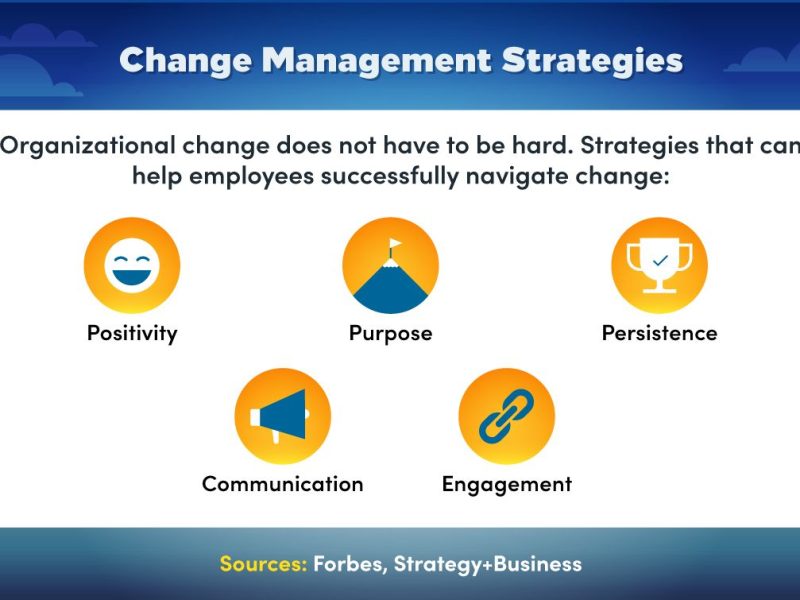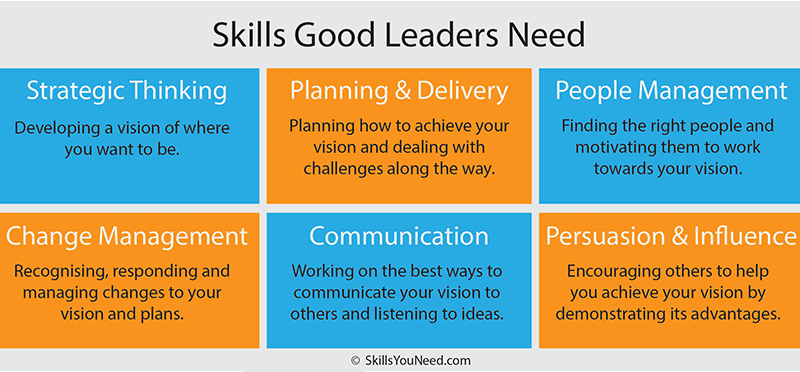As a small or medium-sized enterprise, managing your IT budget effectively is crucial for the success and growth of your business. With limited resources and competing priorities, it can be challenging to allocate funds in a way that maximizes the value and impact of your technology investments. In this article, we will explore some key strategies for IT budgeting that can help small and medium enterprises make the most of their resources.
Assess Your Current IT Infrastructure
Before you can create a budget for your IT needs, you must first assess your current infrastructure. Take stock of your hardware, software, and network capabilities to determine what is working well and where improvements are needed. Identify any legacy systems that may be outdated or no longer meeting your business needs. This assessment will help you prioritize your IT budgeting efforts and allocate funds to areas that will provide the greatest return on investment.
Set Clear Goals and Priorities
It is important to have a clear understanding of your business goals and objectives when developing your IT budget. Identify the key technology initiatives that will support your overall business strategy and prioritize them accordingly. Whether you are looking to improve customer experience, streamline operations, or enhance cybersecurity, setting clear goals and priorities will help you allocate your budget effectively.
Consider Cloud-Based Solutions
Cloud-based solutions have become increasingly popular among small and medium enterprises due to their flexibility, scalability, and cost-effectiveness. By leveraging cloud services for your IT needs, you can reduce the need for expensive hardware investments and ongoing maintenance costs. Consider migrating your applications, storage, and infrastructure to the cloud to save money and improve efficiency.
Embrace IT Outsourcing
Outsourcing IT services can be a cost-effective solution for small and medium enterprises that do not have the resources or expertise to manage their technology needs in-house. By partnering with a reputable IT service provider, you can access specialized skills and knowledge, reduce overhead costs, and free up your internal staff to focus on core business activities. Outsourcing can also provide greater flexibility and scalability, allowing you to adjust your IT support services as your business grows.
Invest in Security
Cybersecurity should be a top priority for small and medium enterprises, as data breaches and cyber attacks can have devastating consequences for your business. Allocate a portion of your IT budget to invest in robust security measures, such as firewalls, antivirus software, and employee training programs. Consider partnering with a cybersecurity firm to conduct regular audits and assessments to identify vulnerabilities and mitigate risks.
Track and Monitor Your IT Spending
Once you have created your IT budget, it is important to track and monitor your spending to ensure that you are staying within your budgetary limits and achieving your desired outcomes. Use IT budgeting tools and software to track expenses, measure performance against key metrics, and make adjustments as needed. Regularly review your budget and performance data to identify areas for improvement and make data-driven decisions about future investments.
Conclusion
Effective IT budgeting is essential for small and medium enterprises to stay competitive and achieve their business goals. By assessing your current infrastructure, setting clear goals and priorities, embracing cloud-based solutions, outsourcing IT services, investing in security, and tracking your spending, you can optimize your IT budget and drive business growth. With these strategies in place, you can make the most of your technology investments and propel your business to success.


